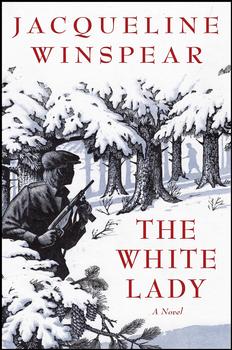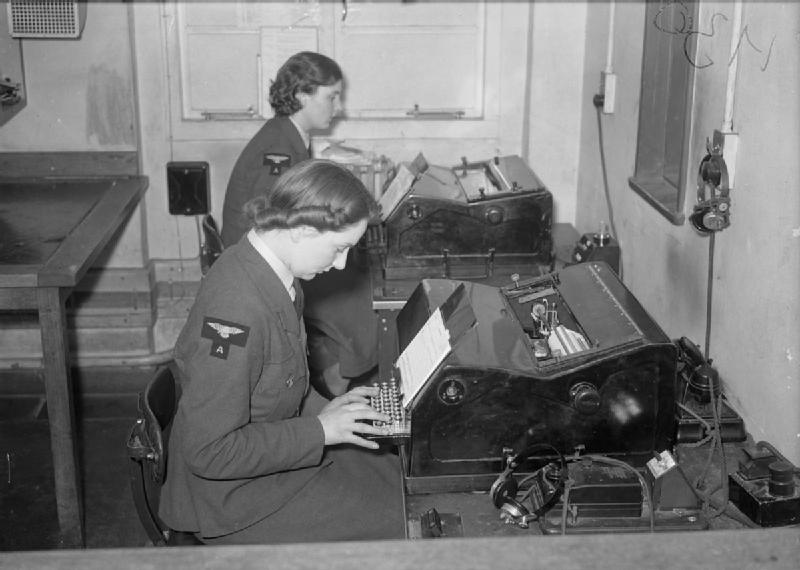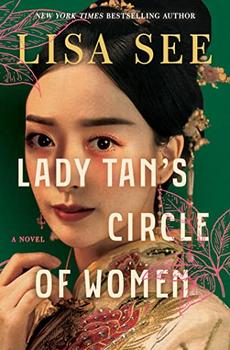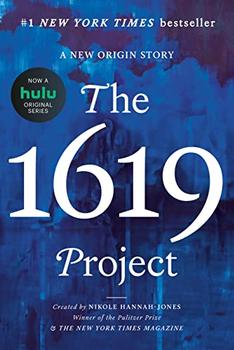Summary | Excerpt | Reviews | Beyond the Book | Read-Alikes | Genres & Themes | Author Bio

A Novel
by Jacqueline WinspearThis article relates to The White Lady
 Jacquelin Winspear's heroine, Elinor White, was a member of the First Aid Nursing Yeomanry (FANY) during the Second World War, one of several British organizations in which women enlisted to aid the war effort.
Jacquelin Winspear's heroine, Elinor White, was a member of the First Aid Nursing Yeomanry (FANY) during the Second World War, one of several British organizations in which women enlisted to aid the war effort.
When war broke out in 1939, millions of men left the workforce in Great Britain to enlist, leaving behind their wives, sisters, and mothers to manage the home front. It soon became apparent, however, that Britain needed these women to fill the newly vacant positions, and the government started a campaign to encourage women to take jobs outside the home. Many heeded the call, but the numbers didn't come close to filling the void.
Consequently, in 1941, the British government passed the National Service Act legalizing the conscription of women. At first, only single women aged 20 to 30 were drafted but this was eventually expanded to all women aged 19 to 59. By 1943, 90% of single women and up to 80% of married women within the target ages were in the workforce or had signed up for national service – a total of just over 7.25 million. Each was interviewed and required to select a job from the list of openings. Approximately 640,000 enlisted in various branches of the military while others worked in shipyards, factories, farms, and hospitals (women made up a third of the total workforce in metal and chemical industries, ship building and vehicle manufacturing, for example).
Some of the larger organizations that employed women included:
The Women's Voluntary Service was – and still is – the largest volunteering organization in British history. Originally founded in 1938 as the Women's Voluntary Services for Air Raid Precautions, during WWII the group was responsible for assisting civilians during and after air raids. By 1943 it had over one million volunteers.
More than 80,000 joined the Women’s Land Army. Known as the “Land Girls,” these individuals worked on farms to aid in food production doing all manner of work – everything from planting to milking cows to slaughtering livestock. Often they were women who’d grown up in the city, with no farming background. One of their tasks was to increase the amount of farmland available, and so they were also employed using heavy machinery like excavators.
The Auxiliary Territorial Service, or ATS, was created in 1938. Initially it recruited women aged 17 to 43 to provide clerical support and perform other "women's work," like cooking and cleaning. Roles rapidly broadened, however, so that by 1943 female ATS members were in all theaters of war, including the Middle East, and were even manning (womaning?) anti-aircraft batteries, where their roles included sending and receiving messages and managing ammunition, though they weren't allowed to fire the guns. They also flew unarmed aircraft, drove ambulances, and served as nurses, often putting themselves in harm's way. Then-Princess Elizabeth (later Queen Elizabeth II) was a driver and mechanic in the ATS, as was Winston Churchill's youngest daughter Mary (later Lady Soames).
The Women's Royal Naval Service, aka the Wrens, maintained the ships for the Royal Navy. They also made up most staff at Bletchley Park, Britain's top-secret facility for code breaking. Wrens contributed to some of the most sensitive planning that took place during the war, including preparations for D-Day and work on cracking Germany's Enigma Machine.
Linked to the Royal Air Force (RAF), the Women's Auxiliary Air Force (WAAF) was formed to free up men for flying. Those who enlisted filled many roles, from cooking to providing meteorological forecasts to repairing airplanes, but unlike ATS members, they were never permitted to fly themselves. By June 1943, the force peaked at 182,000.
Finally, there were the FANYs who filled many roles during the war, including working in conjunction with the Special Operations Executive (SOE), a conglomeration of three pre-war intelligence organizations. One of their most vital functions was staffing listening posts, waiting for Morse code messages from agents in enemy territory; and some FANYs worked behind the lines, operating as radio operators and spies. Several were captured and killed by the Nazis.
See also Great Britain's First Aid Nursing Yeomanry
The Women's Auxiliary Air Force, 1939-1945. WAAF teleprinter-operators at work in the Communications Centre at RAF Debden, Essex.; in the Air Ministry Second World War Official Collection of the Imperial War Museums, UK
Filed under People, Eras & Events
![]() This "beyond the book article" relates to The White Lady. It originally ran in May 2023 and has been updated for the
March 2024 paperback edition.
Go to magazine.
This "beyond the book article" relates to The White Lady. It originally ran in May 2023 and has been updated for the
March 2024 paperback edition.
Go to magazine.






Your guide toexceptional books
BookBrowse seeks out and recommends the best in contemporary fiction and nonfiction—books that not only engage and entertain but also deepen our understanding of ourselves and the world around us.